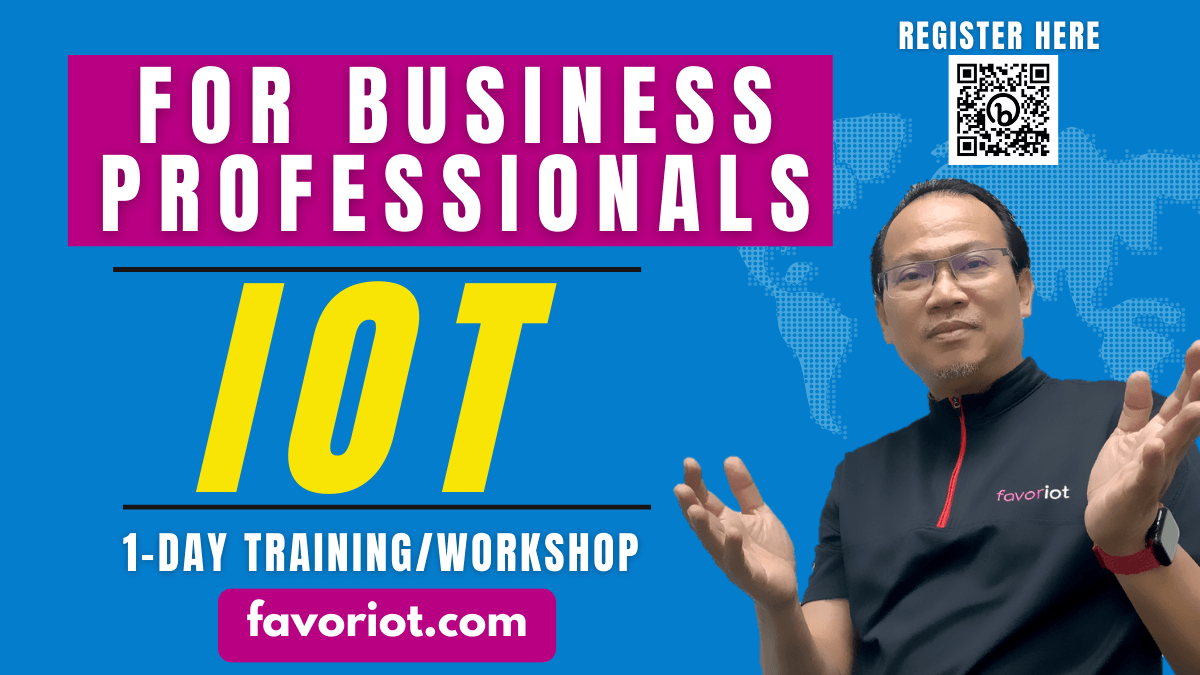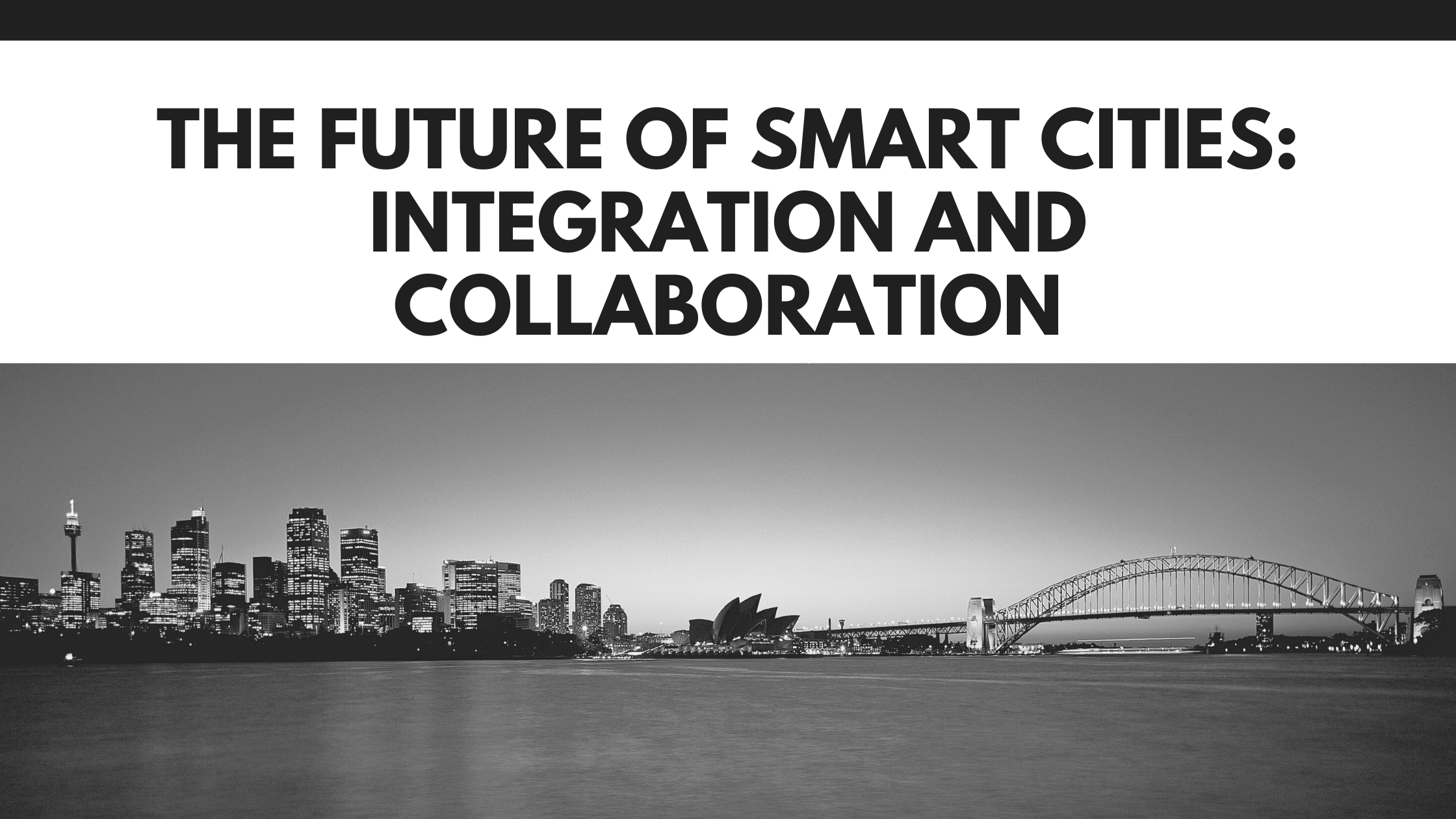
Introducing the Favoriot Free Plan
April 11th, 2023 Posted by favoriotadmin BLOG, Internet of Things, IOT PLATFORM 3 thoughts on “Introducing the Favoriot Free Plan”The ideal starting point for users who want to explore IoT and data analytics without worrying about costs. With this plan, you can connect one device, access one API per day, and export data for free.
But that’s not all. The Favoriot Free Plan has a comprehensive dashboard that allows you to easily visualize and monitor your IoT data. You can even share your dashboard with others, making collaboration a breeze.
With the Favoriot Free Plan, you can access various notification channels, including email and SMS (with an add-on). This ensures that you’re always up-to-date with your IoT data. Plus, you can easily connect Favoriot with your existing tools and workflows with third-party integrations.
One of the essential features of the Favoriot Free Plan is the level of control it provides. You’ll have complete control over your IoT devices and data, which enables you to make informed decisions that drive your business forward.
The Favoriot Free Plan includes analytics categories to help you gain valuable insights from your data. And with data retention for up to one year, you can ensure your data is always safe and accessible.
Whether you’re new to IoT or an experienced user, the Favoriot Free Plan is an excellent starting point. Try it today and discover why Favoriot is preferred for IoT and data analytics.
Check out the FAVORIOT YouTube Tutorials.


